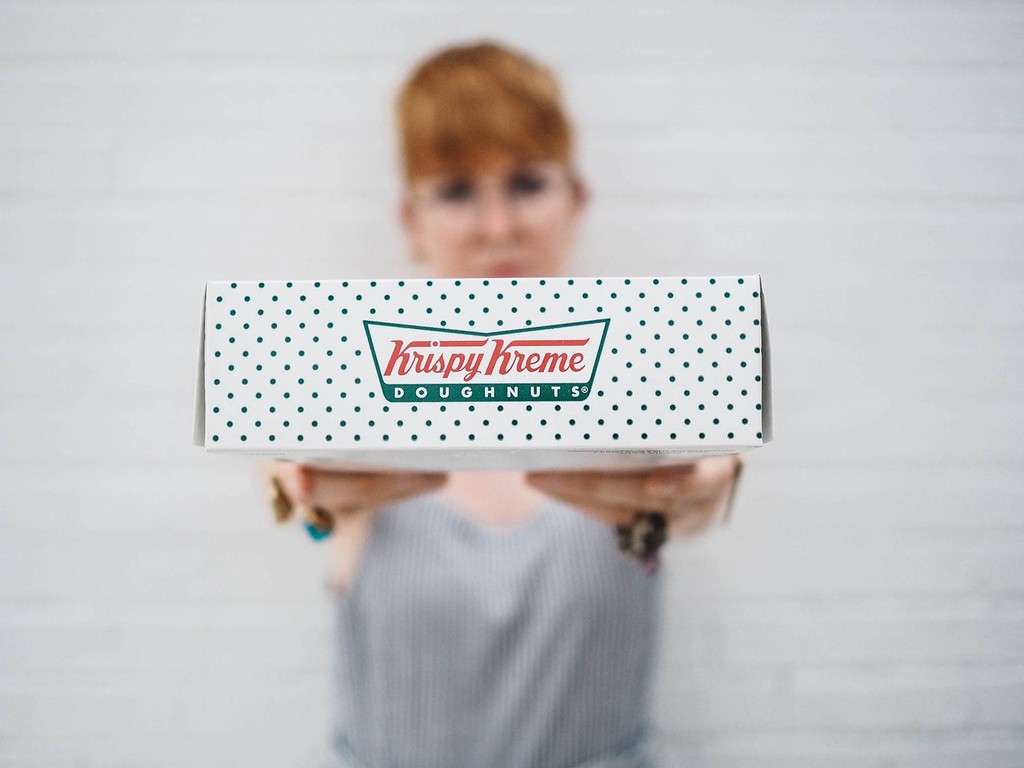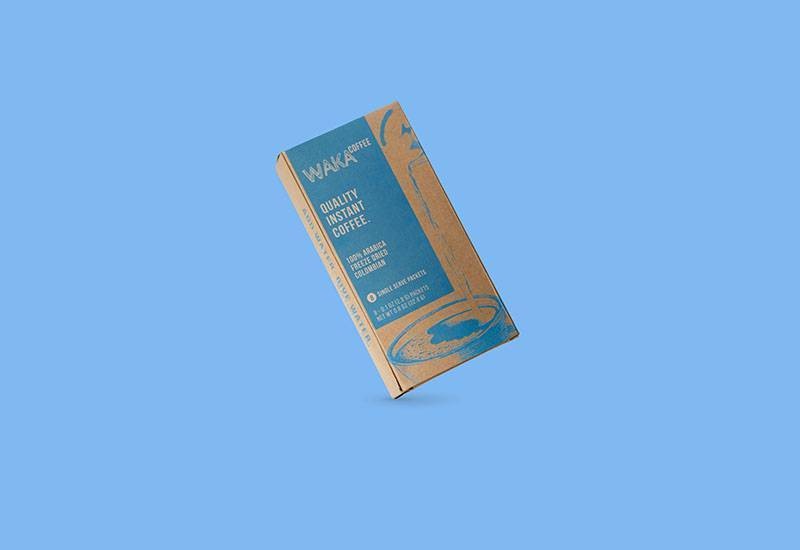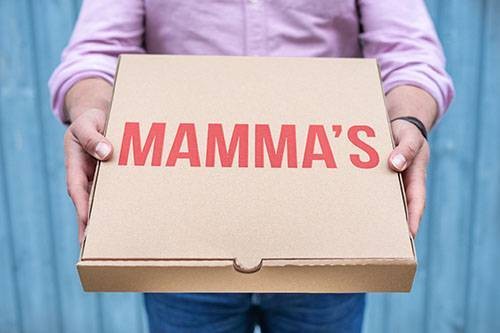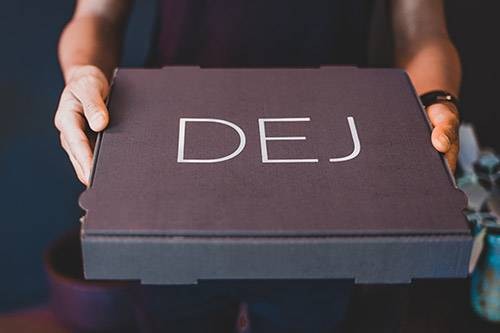What is the connection between food packaging, ‘thin-slicing’ and the unconscious mind, and why is it worth to put a logo on a takeaway paper box?
As a small and medium-sized food company, you need to consider your budget carefully and prioritize your spending. How can you convince customers to choose your product and become recognizable without spending a fortune on advertising?
A distinctive, custom packaging that is consistent with your brand identity is an excellent way to start. The packaging design says more about your company that you think.
Let us explain why food packaging matters and how can it become a fantastic advertising tool.
Marketing and advertising industries work with the unconscious mind and the connections we make towards particular images and cultural connotations.
We often make choices without being able to explain why. The only explanation we have are emotions or a hunch. We tend to say ‘it just felt right’ or’ I like it’, but the truth is that in many of those cases, our brain responds to a subtle hint that was only picked up by our unconscious mind. Psychologists use the term ‘thin-slicing’ to describe the process of making snap judgements and decisions based on minimal information. We all do it, every single day of our lives.
Otherwise, we could not get on with our day. Imagine spending hours choosing your meal. You don’t have that time, so you make your decision, based on what you know and short visual messages.
How does that connect to your company and custom food packaging?
Our brains react subconsciously to colours, symbols and texture. That is precisely why custom boxes or paper bags with a logo are a real game-changer for your business.
As a food company, you shouldn’t underestimate the power of packaging as it has a direct effect on the consumer’s perception of the product, even the taste…
In his book, Blink: The Power of Thinking Without Thinking, M. Gladwell gives several examples of how we react to a hint that has been picked up on unconscious level; one of them is a consumer taste test for a popular soda. During the trial, participants experienced more lemon flavour when they drank the soda out of cans with 15% more yellow colouring in the package design.[1]
Colours have a profound impact on our perception. For example, white is associated with something, neutral and balanced, clear and calm, while red is exciting, youthful and bold. You don’t have to look far for examples. Think of Coca-Cola and the iconic red colour or the purity and creaminess of natural yoghurt, the sweetness of pink, the freshness of yellow. That is just the very beginning; you also have to think about the symbols, the shape, the texture; all of these features are important. That is why, when designing a logo and packaging, you should consider your target group and the intended perception of the product.
Still not convinced? Let us give you more examples.
Think of pizza; it can be a fast-food, gourmand product or a home-made meal. It can be connected with an image of Italy and their famous celebration of food or of a laid-back fun night out with friends. Here you can find three examples of a pizza box, created by fastpack, where each customer, had a different vision of what they would like to communicate with their customers.
DEJ paper box is black, elegant and straightforward. It brings up the picture of dimmed lights of a cosy restaurant and a glass of red wine.
Mamma’s has the red colour of a perfect tomato sauce and the neutral tones of the box serving as the background. It gives an idea of organic products and a tomato sauce made from scratch.
FRANKIES packaging design is a bold choice as pink is mostly associated with the sweet taste of candy, but it works, because it stands out and catches attention. The box is fun and playful.
Additionally, to aesthetics, you also need to consider the functionality of the food packaging and, presentation of the food, and the environmental aspects. It makes sense to use paper boxes and paper bags instead of plastic.
The future is green
Growing awareness about plastic and its horrific impact on the environment has a direct effect on consumer decisions. We start to feel uncomfortable about using plastic straws and bags.
Paper packaging is equally functional as plastic, but more environmentally friendly, especially when the paper comes from FSC certified sources. Think of sushi, a very popular takeaway served on plastic trays; they all look the same. That is why fastpack introduced customized and elegant paper boxes for sushi. They look great, are just as durable as the commonly used ones, and they also help you to reduce the use of plastic. Already with choosing paper over plastic, you send a message to the customer. Put a beautiful design and a logo on it and voila, you made your first impression on a customer.
Great, but how much will it cost? Is customized packaging more expensive?
The price difference between packaging with or without print is only 10%. Every business is different, so we create a personalized offer for your business. We think about your brand the budget and the logistics. We provide you with a complete range of services, depending on where you are with your business right now. We can help you with creating your visual identity and make a list of products essential for your business. Additionally, we offer our customers the ability to store packages and supplies in quantities that meet their needs. When you are an owner of a small or medium-sized company, you can not underestimate the advertising power of food packaging. At a reasonable cost, you can communicate about your brand, and serve your customer’s a perfect dining experience.






